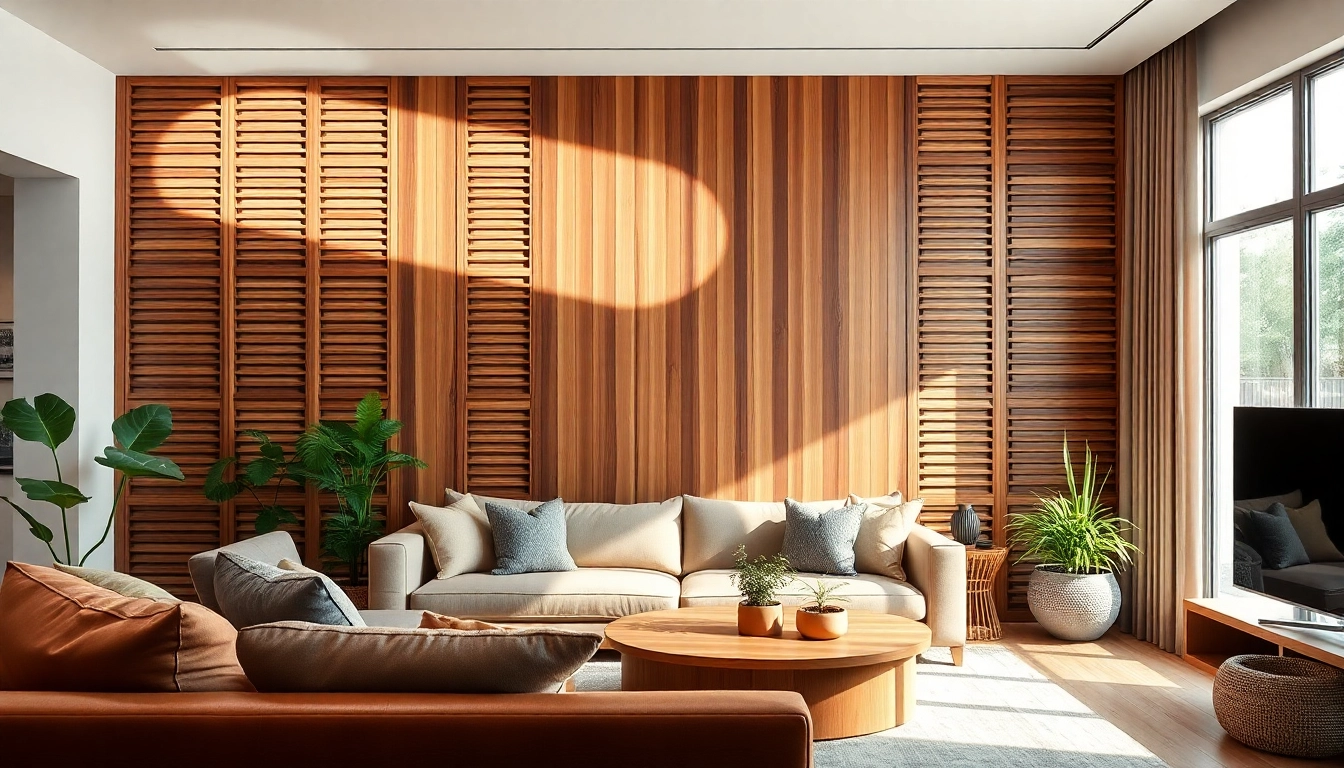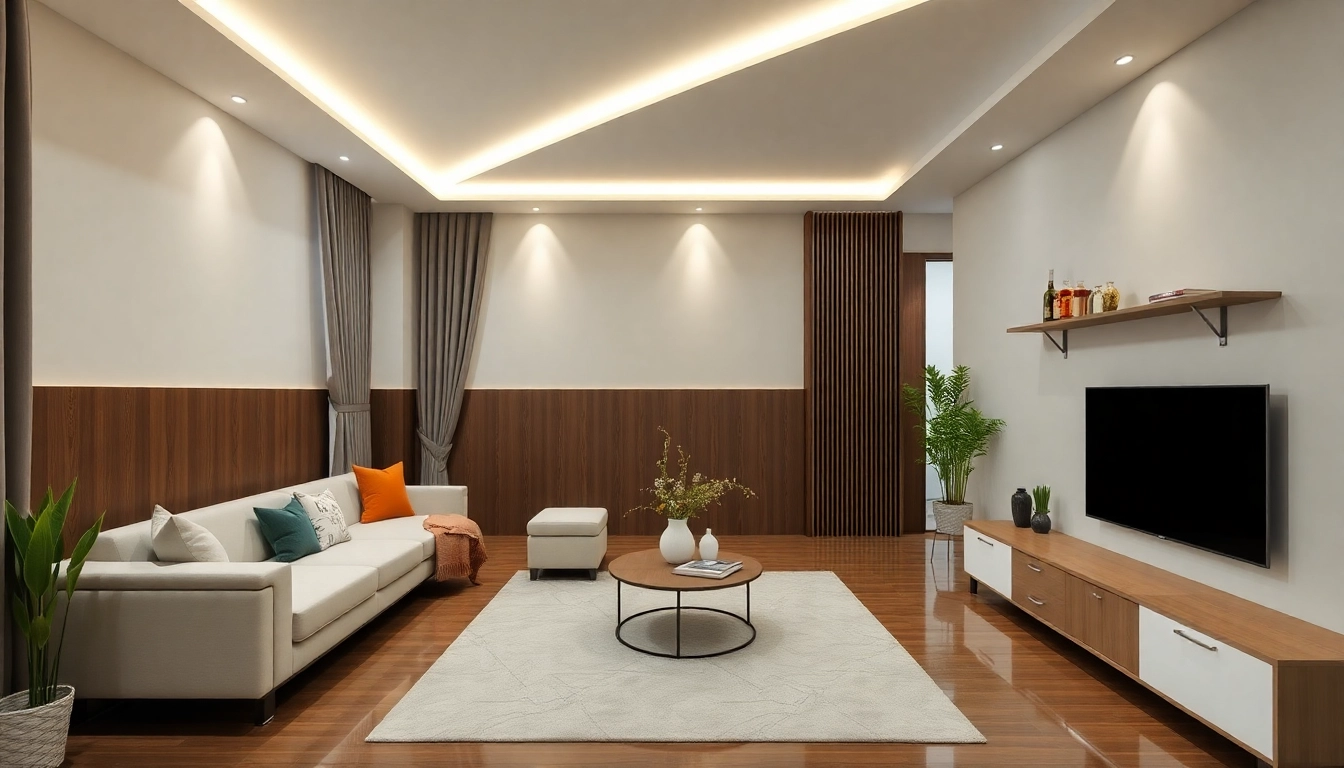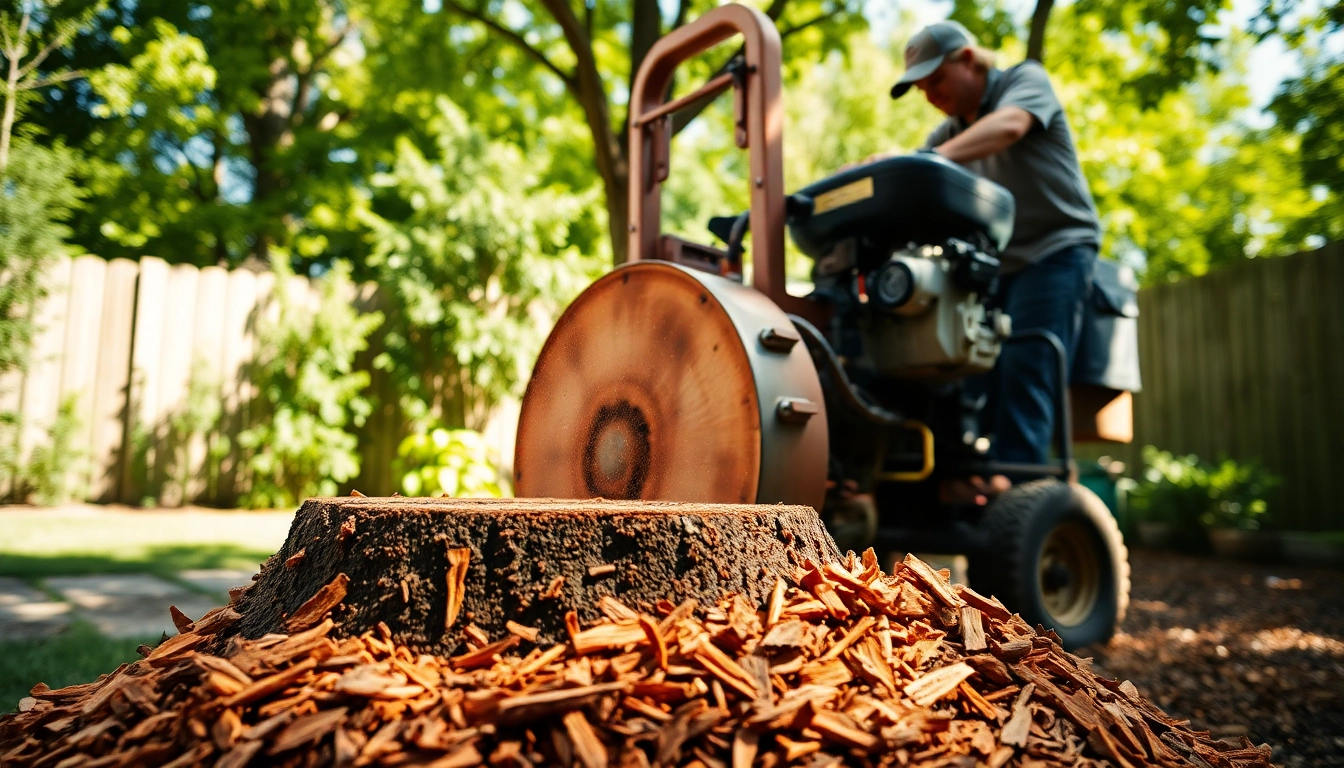Introduction to Wood Wall Covering
Wood wall coverings have been a popular choice for homeowners and designers alike, providing both aesthetic appeal and functional benefits. Designed to enhance interiors, these wall coverings transform ordinary spaces into extraordinary ones, blending seamlessly with various design styles. They provide a tactile richness and visual warmth that other materials often struggle to achieve. When integrating wood wall covering into your decor, understanding its fundamental aspects can significantly enrich the outcome.
Understanding Wood Wall Covering Basics
Wood wall coverings come in various forms, including panels, planks, and tiles, catering to diverse design preferences. Typically crafted from natural wood species like oak, maple, or reclaimed wood, these coverings celebrate the organic traits of timber such as grains, knots, and unique color variations. The myriad of styles and finishes available allows for a customized approach in both contemporary and traditional design contexts.
Benefits of Wood Wall Covering
The advantages of using wood wall covering extend beyond mere aesthetic appeal. Here are a few key benefits:
- Acoustic Properties: Wood naturally absorbs sound, making it an excellent choice for rooms where noise control is essential, such as home theaters or music studios.
- Insulation: Wood acts as a natural insulator, helping to maintain room temperature and potentially lowering energy costs.
- Sustainability: Many wood wall coverings are made from sustainably sourced materials, appealing to environmentally-conscious consumers.
- Easy Maintenance: With appropriate finishes, wood can resist stains and dirt, simplifying upkeep.
- Timeless Appeal: The timelessness of wood creates a warm, inviting atmosphere in any space.
Common Materials Used
Wood wall coverings are primarily made from solid wood, engineered wood, or manufactured wood products. Each has distinct properties:
- Solid Wood: Offers natural beauty and durability but may require more maintenance. It can warp or crack if not properly cared for.
- Engineered Wood: Comprising layers of wood veneers and plywood or fiberboard, this option is more stable and less prone to warping, making it suitable for fluctuating climates.
- Manufactured Wood Products: Such as MDF panels, are often less expensive and can feature a wood-like finish, offering an alternative for budget-conscious projects.
Design Versatility of Wood Wall Covering
One of the standout features of wood wall covering is its remarkable design versatility. Whether modern, rustic, or somewhere in between, wood can adapt to various aesthetics while providing functional benefits.
Wood Wall Covering in Different Interiors
Wood wall coverings complement an array of interior styles:
- Modern Spaces: Sleek, understated wood panels can add warmth without overwhelming minimalist designs.
- Traditional Homes: Richly stained wood can enhance classic architecture, creating a feeling of elegance and cohesion.
- Industrial Lofts: Reclaimed wood adds rustic charm and character, beautifully contrasting with metal accents.
- Scandinavian Designs: Light-colored woods, such as birch or pine, enhance the airy feel characteristic of this style.
- Eco-Friendly Interiors: Sustainably sourced wood options support a commitment to environmental responsibility while providing a natural aesthetic.
Incorporating Style with Functionality
When selecting wood wall coverings, it’s important to balance style with functionality. Consider the following:
- Texture: Textured panels can add visual interest, breaking up flat surfaces and adding depth to a room.
- Size and Scale: Larger planks might suit spacious areas, while smaller tiles work well in compact spaces.
- Color Pairings: Complementing your wood wall covering with the right color palette can enhance the overall aesthetic while maintaining harmony within the design.
Color and Texture Considerations
Choosing the right color and texture is crucial in achieving your design goals. Consider the following tips:
- Warm Tones: Rich, warm woods can create an inviting atmosphere, perfect for living rooms and dining areas.
- Cool Shades: Lighter woods or painted finishes often deliver a more modern, clean look, while also brightening up spaces.
- Contrast: Pairing different wood tones or combining wood with other materials like brick or metal can instill a unique, layered approach to design.
Installation Tips for Wood Wall Covering
Successfully installing wood wall coverings requires careful planning and execution. Here are some essential tips:
Preparation and Measurement Guidelines
Before installation, proper preparation and measurement are vital:
- Space Assessment: Take accurate measurements of the wall area to determine how much material you’ll need. Consider creating a scale drawing for precision.
- Moisture Levels: Ensure your chosen wood is acclimated to the environment where it will be installed. This process helps prevent expansion and contraction after installation.
- Surface Preparation: Clean the wall of any dust or debris, and, if necessary, apply a vapor barrier to protect against moisture.
DIY vs Professional Installation
The decision to install wood wall coverings yourself or hire a professional can depend on your skill level and the complexity of the project:
- DIY: For smaller, simpler projects, dedicated DIYers may find satisfaction in tackling the task themselves, provided they have the right tools and experience.
- Professional Help: Larger installations or those demanding intricate cuts and alignments may benefit from the expertise of professional installers, ensuring a polished finish.
Tools and Materials Needed
If you decide to tackle the installation on your own, here are essential tools and materials:
- Wood wall covering materials
- Level
- Measuring tape
- Utility knife or saw
- Adhesive or nails (depending on the covering type)
- Safety goggles and gloves
Maintenance and Care for Wood Wall Covering
Maintaining your wood wall covering is crucial for ensuring its longevity and visual appeal. Here are practices to consider:
Cleaning Techniques for Longevity
Regular cleaning helps maintain the beauty and integrity of your wood wall covering:
- Dust Regularly: Use a soft cloth or a duster to wipe away dust and prevent buildup that can scratch the surface.
- Gentle Cleaners: For deeper cleaning, utilize a mild soap diluted in water; avoid abrasive cleaners that can damage the finish.
- Avoid Excess Moisture: Be cautious withover-wetting cloths, as excess water can warp the wood.
Dealing with Common Issues
Addressing common issues promptly can prevent more significant damages:
- Scratches: Light scratches can often be repaired with a wood filler or by applying a matching stain.
- Water Damage: If moisture damage occurs, consult a professional to evaluate and recommend repairs.
- Fade from Sunlight: Using UV-protective treatments can mitigate fading from direct sunlight.
Protective Finishes and Treatments
Applying appropriate finishes or treatments can extend the life of your wood wall covering, including:
- Sealants: A clear sealant can protect against stains and moisture.
- Stains and Varnishes: These can enhance color while adding a protective layer against daily wear and tear.
- Regular Application: Schedule reapplications based on usage and exposure to environmental conditions to maintain protective qualities.
Final Thoughts on Wood Wall Covering Impact
Ultimately, wood wall coverings can significantly transform any space, offering style, functionality, and warmth. To fully realize their potential, one must understand the nuances of design, installation, and maintenance.
Transforming Spaces with Wood Wall Covering
When executed thoughtfully, wood wall coverings can redefine spaces, creating focal points or enhancing existing architectural features with ease. The results often lead to cohesive, stylish interiors that guests will admire.
Acoustic Benefits of Wood Wall Covering
Besides their aesthetic appeal, wood wall coverings contribute to improved acoustics, particularly in spaces like music studios or open-plan offices. Their sound-absorbing properties minimize echoes and background noise, promoting a more pleasant environment.
Future Trends in Wood Wall Covering Design
Looking ahead, trends will likely continue to embrace sustainability, with innovations in finishes and sourced materials. Lightweight wood options, digital printing for customized designs, and installation systems that ease applications will take the spotlight, making wood wall coverings more accessible and versatile than ever before.


